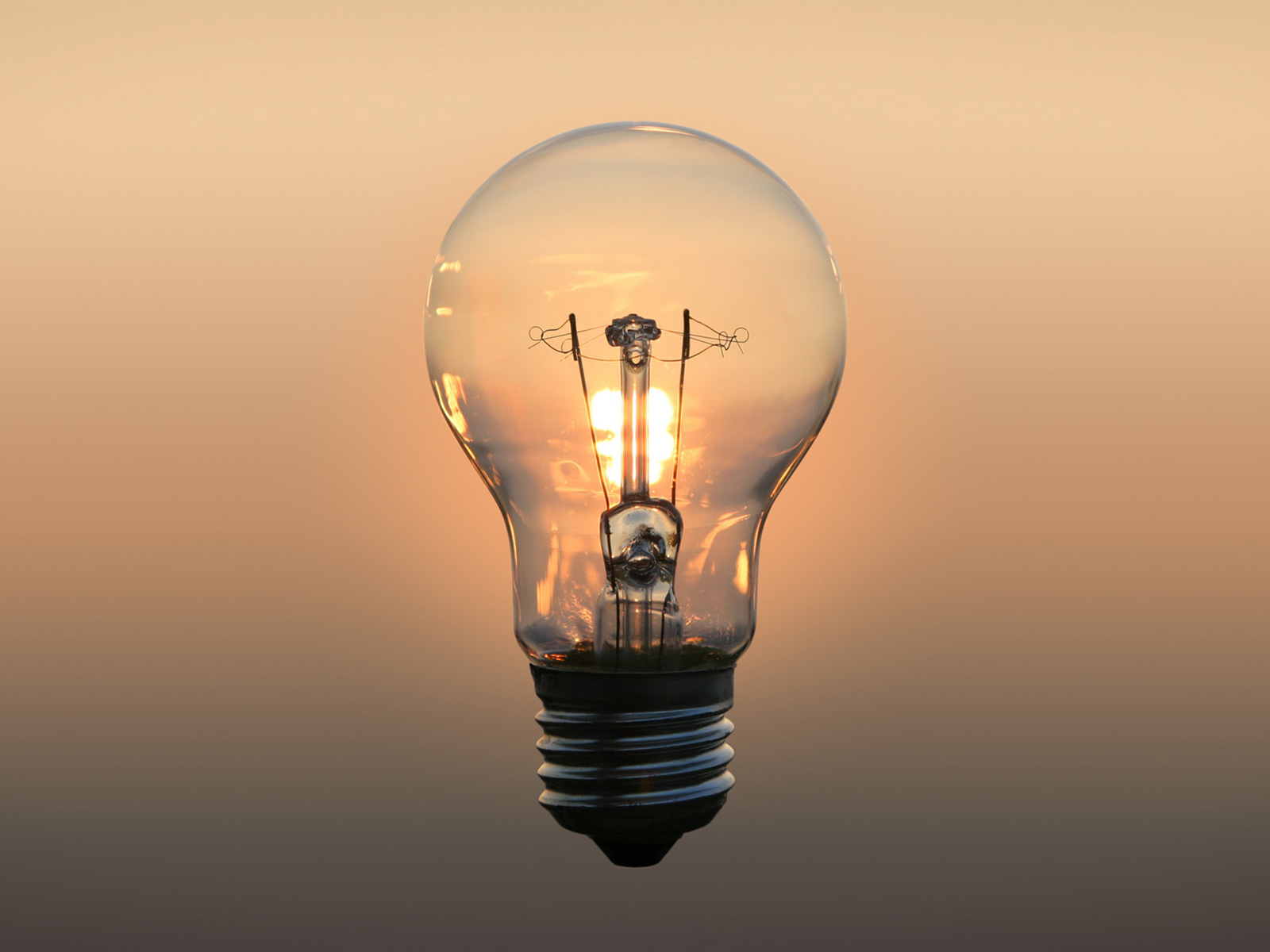A report from AEMO has found consumers are becoming smarter about how to use energy.
The uptake in distributed solar generation and use of energy efficient appliances will keep grid-supplied electricity consumption stable for the next 20 years despite a projected 30 per cent increase in population and assumed average growth in the Australian economy, according to the recently released electricity forecast update from the Australian Energy Market Operator (AEMO).
The Electricity Forecasting Insights, which updates forecast information previously published annually as the National Electricity Forecasting Report (NEFR), also projects the increased use of solar photovoltaic (PV) panels will shift maximum demand on the grid to later in the day, to a time when there is little or no rooftop PV generation available.
“Australian consumers are becoming more educated about how much energy they consume. Advances in technology and economies of scale in production of solar rooftop panels, battery storage and energy efficient appliances are also providing consumers greater and easier opportunities to better manage their energy use and energy costs,” AEMO Chief Executive Officer, Audrey Zibelman, said.
“For example, we have already seen a significant drop in the cost of solar rooftop PV over recent years which has corresponded with increased uptake. We believe this uptake will remain strong through to the late 2020s before levelling off.
“Likewise, battery storage will become far more prevalent with the uptake of solar PV while energy efficient appliances will become a more normal part of people’s way of life, especially when they are updating their appliances or even buying a newly built home which will be required to meet higher energy efficiency standards.”
Ms Zibelman said the energy sector’s transition to a low carbon future will provide important opportunities and challenges for consumers and the energy industry alike.
“The energy industry may leverage opportunities to assist consumers in managing costs through more targeted products and services,” she said.
However, the energy sector is likely to require investment in generation, network, and/or demand-side solutions to ensure reliability and security of supply as a result of the forecast maximum demand growth and changing generation mix.
Over the longer term, AEMO expects the transition towards “more actively engaged and flexible consumer demand” to accelerate with:
- Uptake in solar PV to remain strong until the late 2020s and then level off, resulting in approximately 20,000 megawatts (MW) of installed rooftop PV by 2037
- Residential and commercial battery storage uptake to exceed 5500 MW by 2037 (an increase of 2000 MW over last year’s 20-year forecast) with a proportion of new storage to be aggregated and used for price hedging by retailers and the provision of ancillary services
- Electric vehicle (EV) uptake is expected to remain low initially, but increase around 2020 adding demand flexibility but having a limited impact on annual consumption overall.
- The forecasts also show maximum demand on the grid will remain stable until the mid-2020s when the uptake of solar PV shifts the maximum demand to later in the day (in all regions other than Tasmania).
“By summer 2036-37, the NSW maximum demand is forecast to be 15,276 MW, while in Queensland it is forecast to be 10,021 MW , in 9758 MW Victoria and 3112 MW in South Australia,” Ms Zibelman said.







